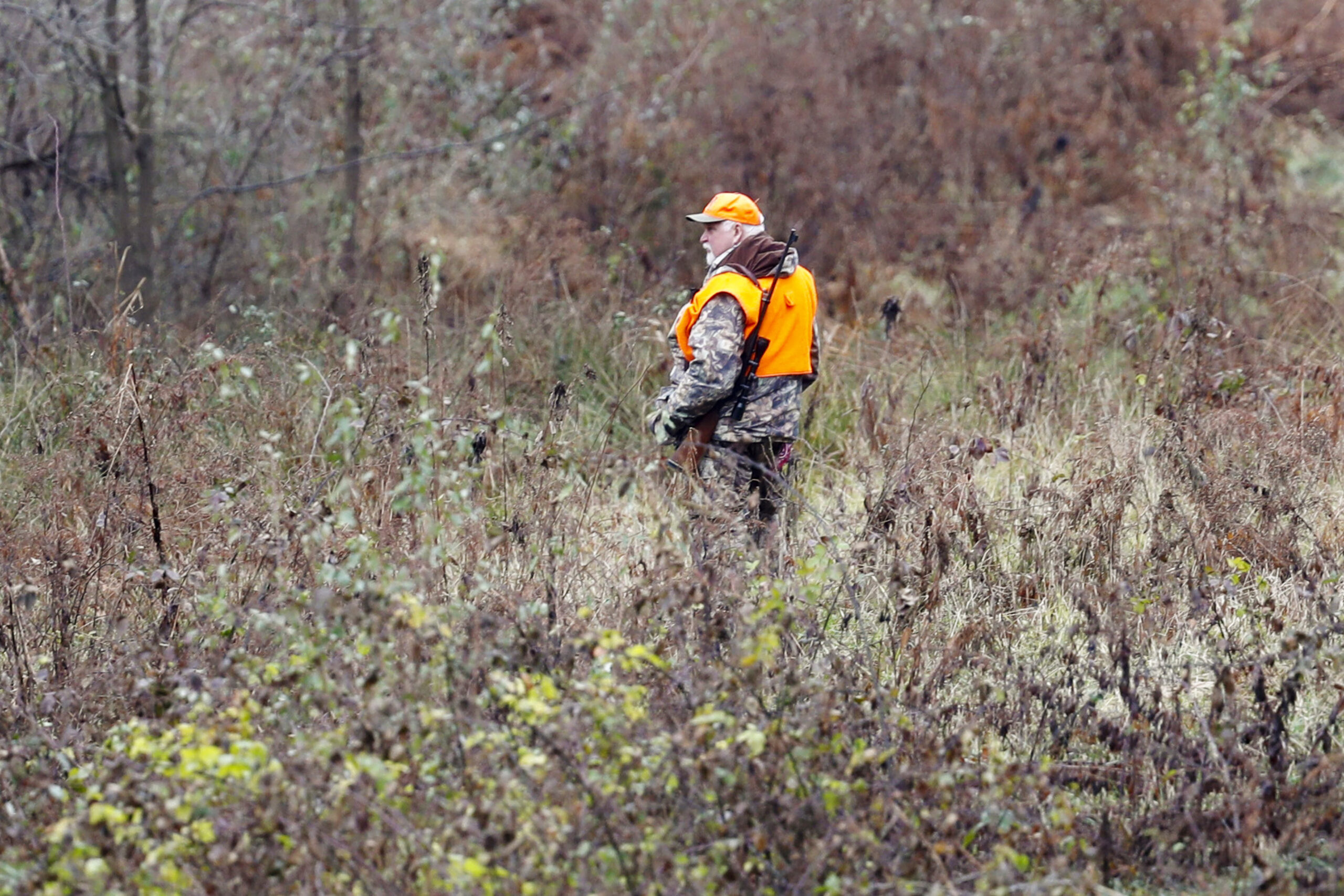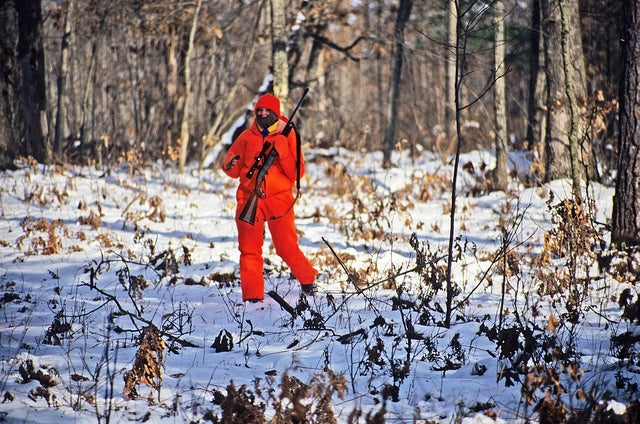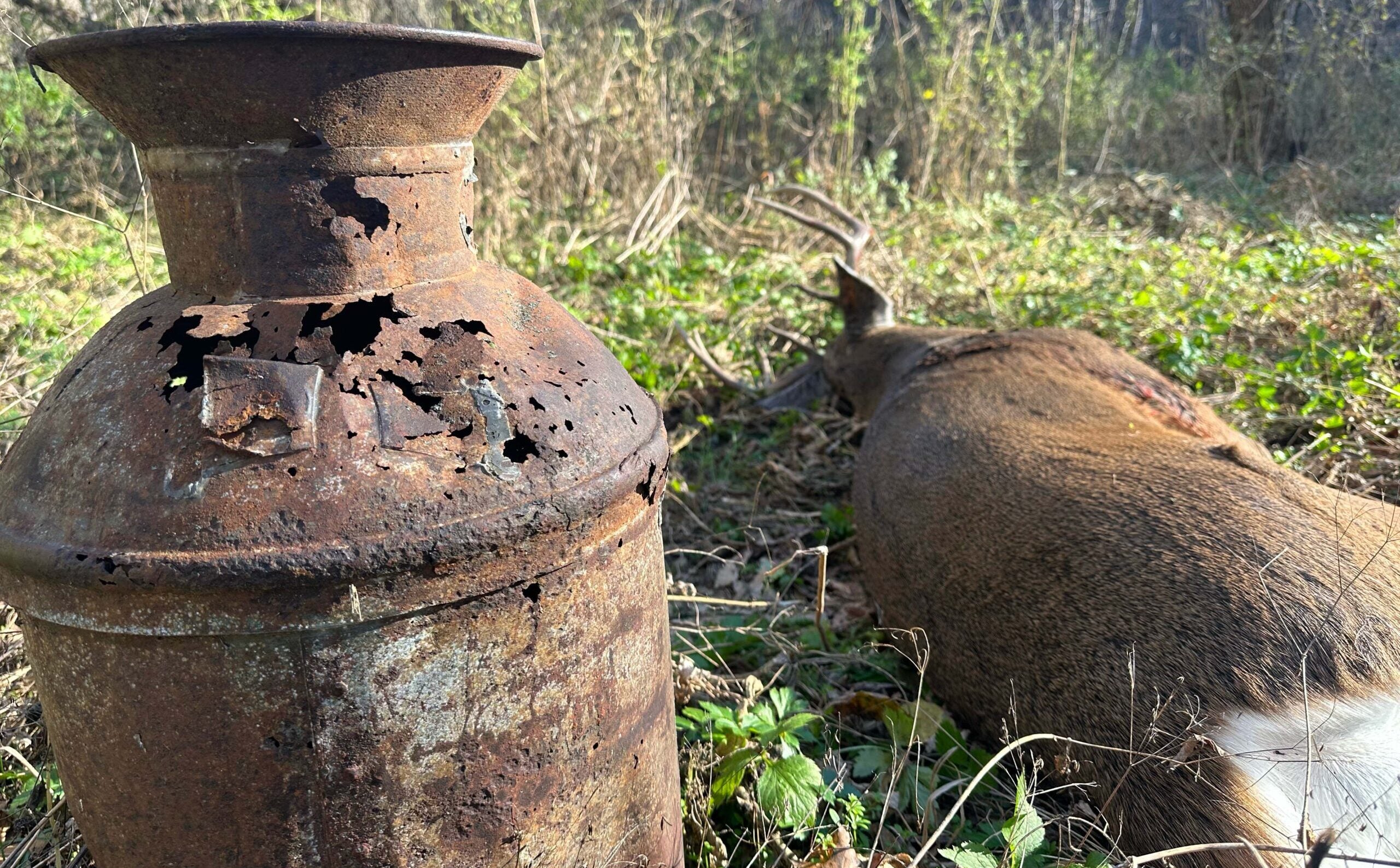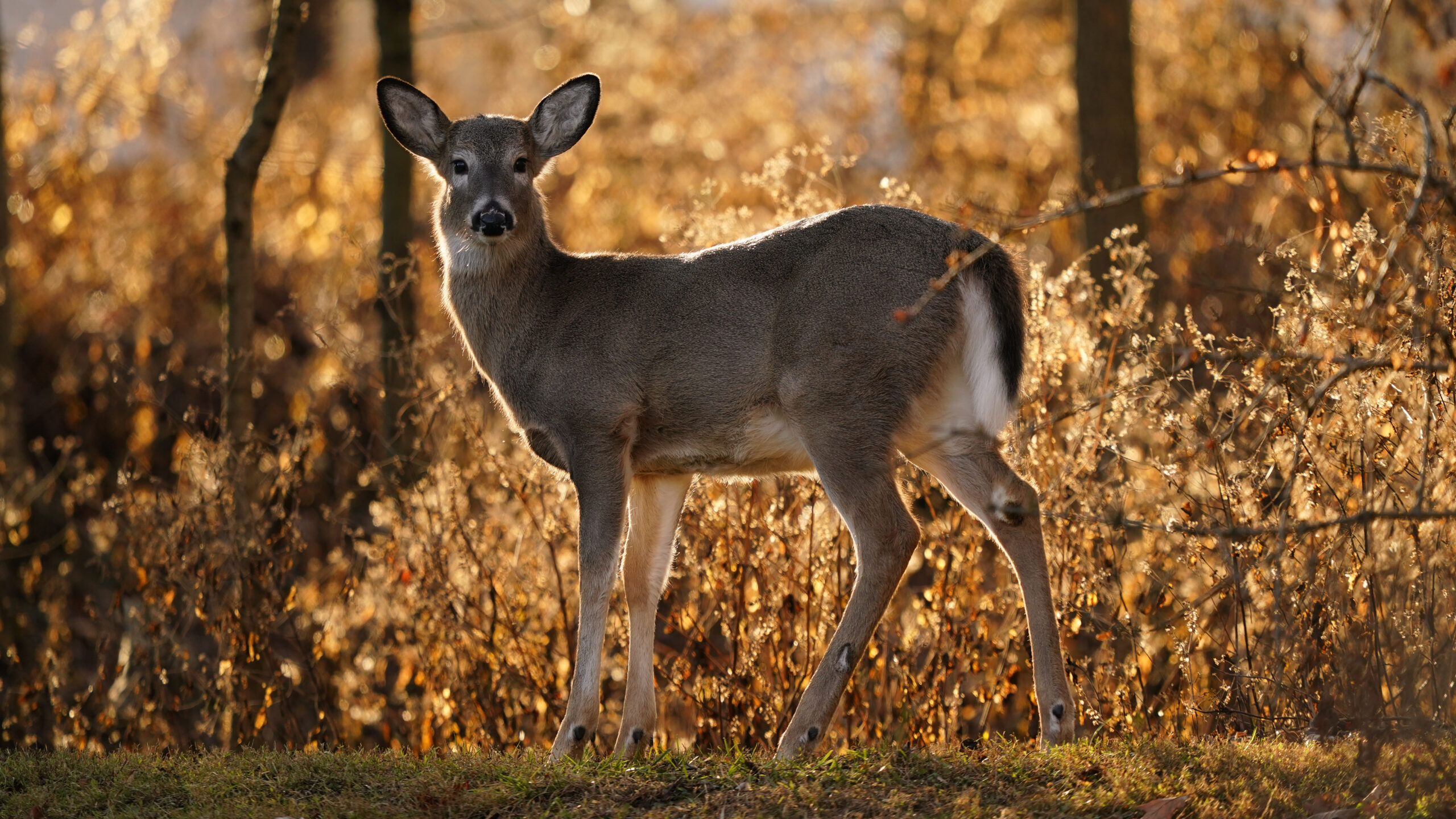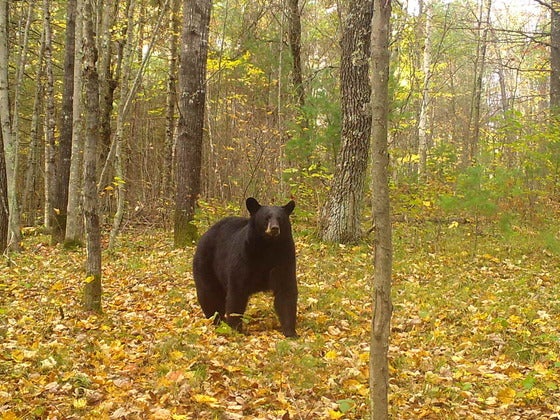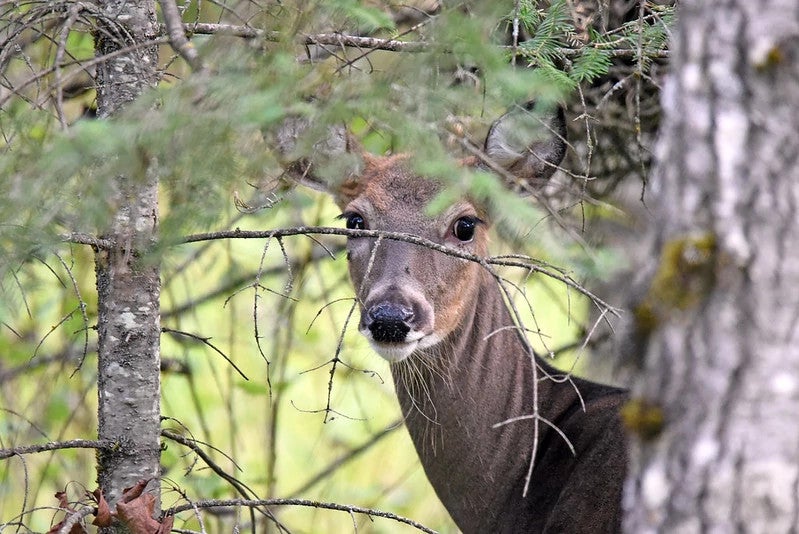State wildlife regulators said hunters killed around 17.6 percent fewer deer compared to last year. The Wisconsin Department of Natural Resources cited a lack of snow and last year’s harsh winter as factors reducing hunter success, especially in northern Wisconsin.
Hunters registered 173,942 deer over the nine-day gun deer season, including 85,390 bucks and 88,552 antlerless deer, according to preliminary DNR figures. That’s down from last year’s season, when 211,214 deer were killed. The overall harvest was down around 11.1 percent from the five-year average.
“We shared before the deer gun season that we did anticipate not meeting last year’s harvest numbers due to that snow factor,” said Jeff Pritzl, DNR state deer program specialist.
News with a little more humanity
WPR’s “Wisconsin Today” newsletter keeps you connected to the state you love without feeling overwhelmed. No paywall. No agenda. No corporate filter.
The season started Nov. 18 and ended Sunday.
Hunters harvested fewer deer across all regions statewide. The DNR said last year’s extreme snowfall likely contributed to a reduced harvest in northern Wisconsin. The northern forested region saw the largest drop with hunters killing around 30 percent fewer deer than last year.
“One thing we have to acknowledge is that impact that we had last winter, especially for the northern forest – and even the northwest part of the central farmland – certainly had an impact on deer populations,” Pritzl said. “At least in that part of the state, there were probably fewer deer on the landscape than there were last year at this time.”
In central forest and farmland areas, hunters bagged about 19.6 percent and 17.3 percent fewer deer respectively than last year. In the southern farmland region, hunters killed 7.1 percent fewer deer.
Overall, the DNR sold 0.8 percent fewer licenses to date. Hunters have purchased 788,697 licenses this year, including 553,479 licenses that permit use of a firearm. That was down from the 554,898 licenses sold for gun privileges last year.
Three hunters sustained injuries during the nine-day hunt. During opening weekend, a 53-year-old man in Forest County suffered a self-inflicted gunshot wound to the foot. A 47-year-old woman in Adams County was also shot by a hunter while walking her dog. The hunter confused the dog for a deer. On Nov. 24, a 30-year-old man in Taylor County was shot in the thigh by another hunter during a deer drive. No one died as a result of the injuries.
DNR Hunter Education Administrative Warden Lt. Mike Weber said the state has averaged around 5.9 hunting incidents each year during the past 10 seasons.
DNR provides early results on CWD sampling
The DNR recently confirmed wild deer tested positive for chronic wasting disease in Trempealeau and Polk counties prior to opening weekend. For Polk County, a baiting and feeding ban will go into effect on Dec. 1 following the county’s first detection of CWD in wild deer.
“We’re still working through all of our results, so we don’t have any new counties (that detected CWD) to report at this time,” Larson said.
First found near Mount Horeb in 2002, chronic wasting disease attacks the brains of deer and leads to drastic weight loss and death. At least 60 counties have now been affected by CWD.
So far, 777 samples have tested positive for the disease out of 8,778 deer sampled this year. The DNR has been focusing surveillance for the disease in southern Wisconsin, and the agency had projected it may collect 19,500 samples.
The DNR estimates Wisconsin has around 1.6 million deer, which has been trending upward. The growth in the state’s wild deer herd has raised concerns among conservationists in recent years about habitat destruction, vehicle collisions, crop damage and disease that could threaten the long-term viability of the population.
Wisconsin Public Radio, © Copyright 2026, Board of Regents of the University of Wisconsin System and Wisconsin Educational Communications Board.
